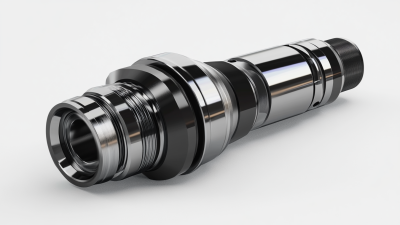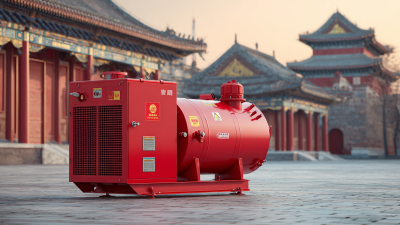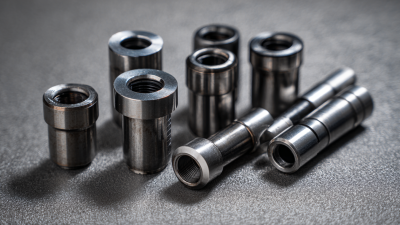
- sales@bjbod.com
- Mon - Sat at 7:00AM to 9:00PM

In the precision machining industry, the demand for efficiency and accuracy has never been more critical. Dead Length Collets have emerged as a pivotal tool that enhances the performance of CNC machines by providing consistent workpiece clamping with minimal runout. According to a recent report by the National Institute of Standards and Technology (NIST), the use of advanced toolholding solutions, like Dead Length Collets, can improve machining accuracy by up to 30%, significantly reducing setup time and increasing throughput. These collets are designed to maintain precise tolerances despite variations in workpiece length, making them essential for high-volume production environments. As manufacturers continuously seek to optimize their machining processes, understanding the mechanics and advantages of Dead Length Collets is crucial for achieving the desired precision and quality in fabricated parts. This guide aims to unlock the intricacies of using Dead Length Collets in machining, equipping professionals with the knowledge to harness their full potential.

Dead length collets play a vital role in machining processes, particularly when precision and efficiency are paramount. These specialized tools are designed to hold workpieces firmly in place without extending beyond a predetermined length, thereby minimizing the risk of tool interference and enhancing repeatability in production. According to a report by the Association for Manufacturing Technology (AMT), 70% of manufacturers cite precision as a crucial factor in maintaining competitive advantage, underscoring the importance of effective tooling solutions like dead length collets.
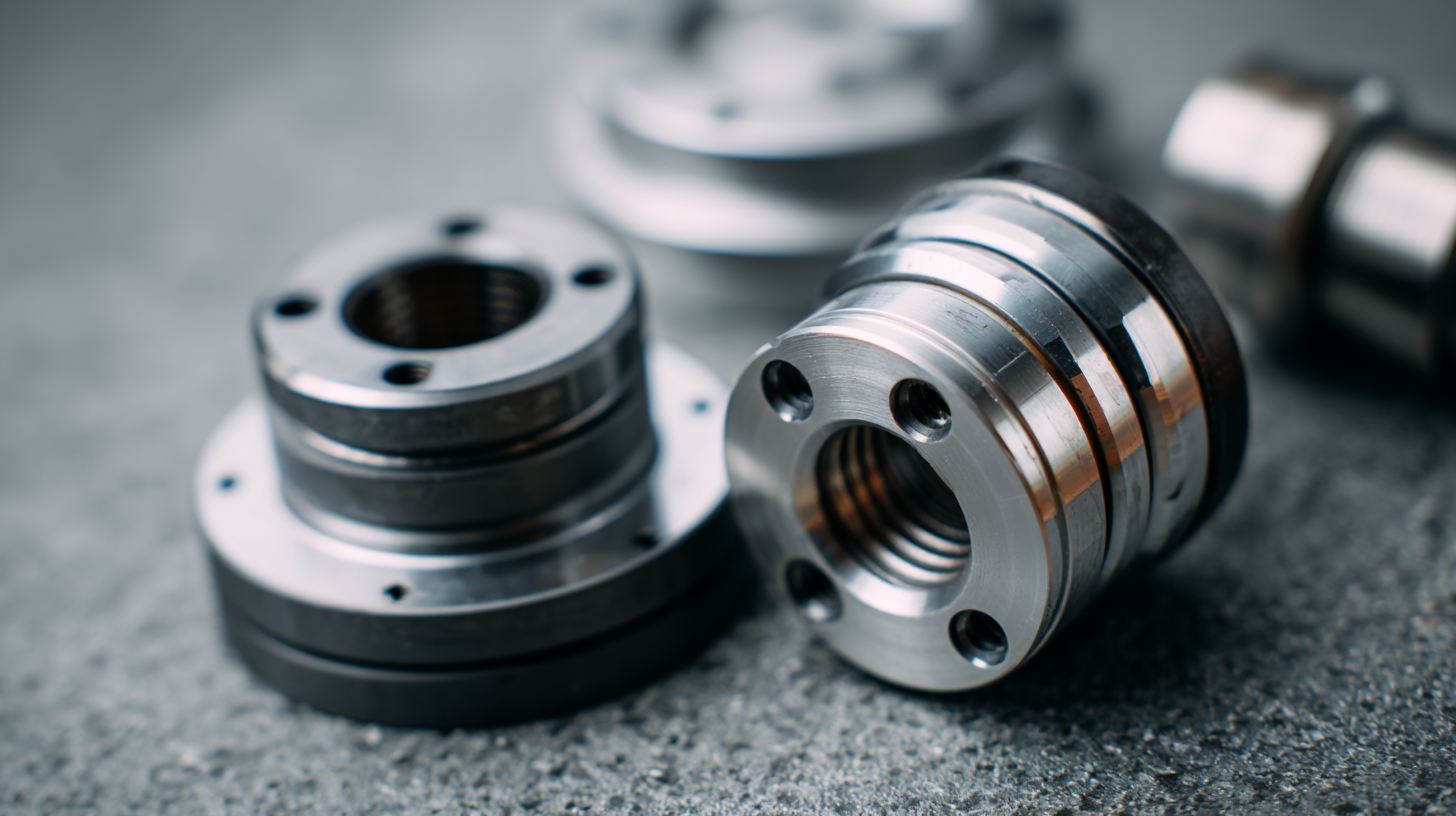
One of the key benefits of using dead length collets is their ability to reduce setup times significantly. With their fixed gripping length, operators can change out workpieces quickly while maintaining accuracy, leading to increased productivity on the shop floor. A study by the National Institute of Standards and Technology (NIST) found that companies utilizing precision collets reported a 15% increase in operational efficiency, showcasing the advantages of adopting advanced tooling in machining applications.
Tips: To maximize the effectiveness of dead length collets, ensure that they are regularly maintained and calibrated. Keeping them clean and free from debris can prevent inaccuracies and extend their lifespan. Furthermore, consider the specific requirements of your machining tasks to select the appropriate collet size and style for optimal performance.
Dead length collets play a crucial role in enhancing precision in machining applications. One of the primary benefits of utilizing these collets is their ability to hold workpieces securely without the need for extensive clamping forces. Because they engage the material directly at the end of the collet, they minimize the risk of distortion during machining operations. This inherent design feature leads to superior accuracy in part dimensions, which is essential for high-quality production.
Moreover, dead length collets allow for quicker setups and changeovers between different tasks. Their ease of use means that operators can effortlessly switch between parts without the need for complex adjustments or recalibrations. This efficiency not only saves valuable time on the shop floor but also boosts overall productivity by enabling more pieces to be processed in less time. The consistent grip and alignment provided by dead length collets position them as an indispensable tool for achieving precision in modern machining environments.
| Benefit | Description | Applications | Material Compatibility |
|---|---|---|---|
| Increased Precision | Dead length collets maintain tighter tolerances for greater accuracy in machining. | CNC milling, lathes, and precision grinding. | Metals, plastics, and composites. |
| Operator Efficiency | Quick changeovers reduce downtime and increase productivity on the shop floor. | High-volume production settings. | Various metal alloys. |
| Reduced Tool Wear | Stable gripping reduces tool chatter and prolongs tool life. | Fine machining and delicate operations. | Hardened steels and alloys. |
| Versatility | Compatible with various machines and collet systems for flexible applications. | Tooling changes across different setups. | Most metals and synthetic materials. |
Dead length collets are a unique solution in the machining industry, especially where precision and repeatability are paramount. Unlike standard collets that grip the workpiece using a friction mechanism, dead length collets provide a distinct advantage by allowing for consistent and quick setups while maintaining the same length of the workpiece. This makes them ideal for operations requiring high levels of accuracy, such as in CNC machining and production environments.
In comparison with other collet types, such as spring and retractable collets, dead length collets further excel in minimizing part movement during clamping. Spring collets, for instance, are more flexible but can lead to slight variations in workpiece length during repeated setups. Retractable collets offer easier loading and unloading but often compromise on stability. When choosing a collet type, it's critical to evaluate the specific requirements of your machining task, including precision, material, and throughput.
**Tips:** When using dead length collets, ensure proper alignment and cleaning to prevent inaccuracies. Regular maintenance checks can keep the collets in top condition, preserving their longevity and performance. Always verify the collet's compatibility with your machine's specifications to maximize efficiency.
When selecting dead length collets for machining, several essential factors should guide your decision-making process. The first aspect to consider is the collet type suitable for your specific application. Different materials and sizes of workpieces may require distinct types of collets, which can directly impact the precision and efficiency of your operations. For example, collets designed for tighter tolerances may be more appropriate for high-precision tasks, while standard versions could suffice for general machining purposes.
Another vital consideration is the collet's gripping capacity and design. The optimal gripping mechanism can enhance workpiece stability during machining, minimizing issues such as vibration and misalignment. Investigating the range of clamping pressures and the materials used in the collet construction can provide insights into durability and performance under various machining conditions. Additionally, compatibility with your existing tools and machines should not be overlooked, ensuring seamless integration into your workflow and preventing unnecessary downtime.
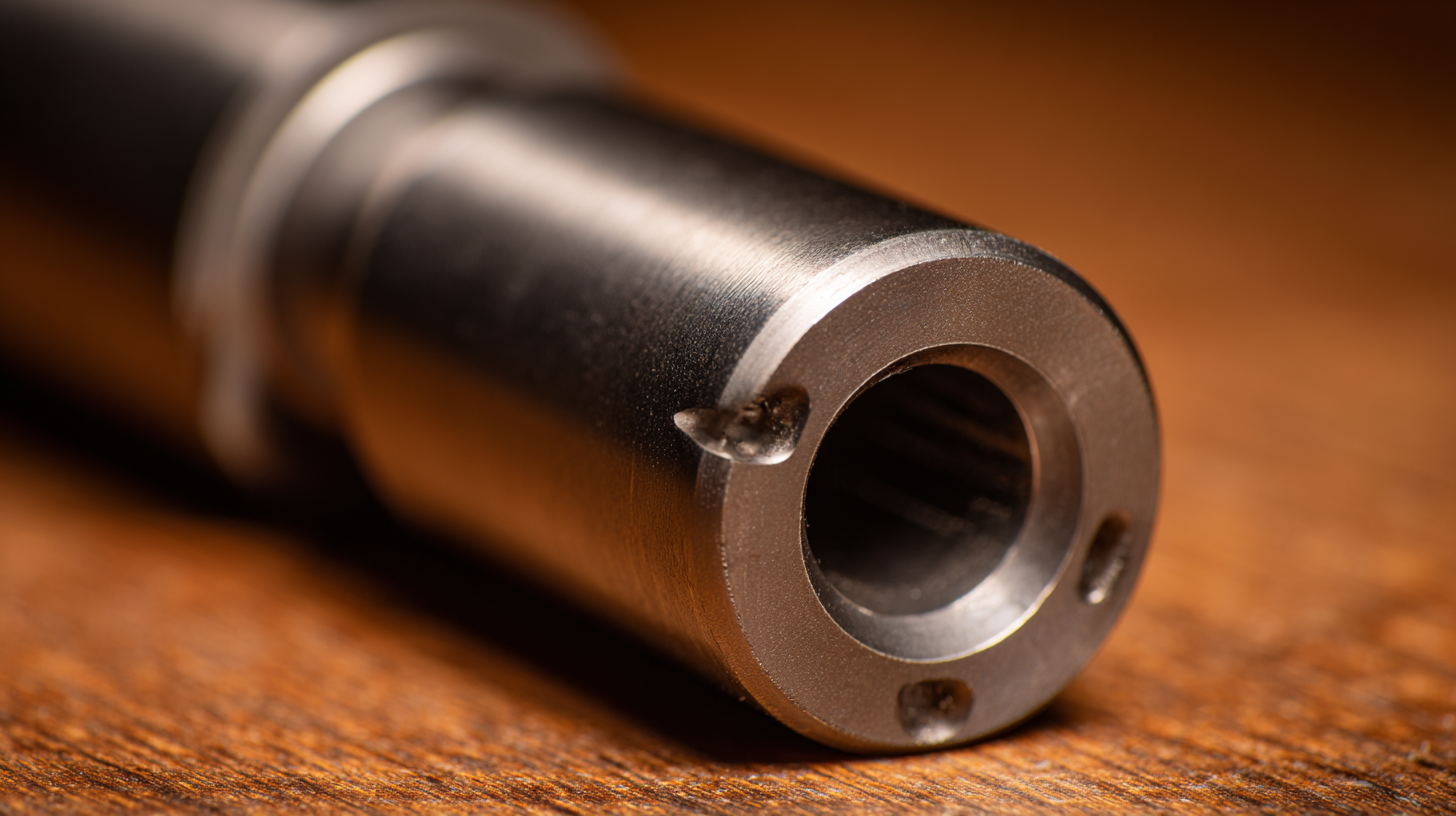
Maintaining and using dead length collets correctly is crucial for maximizing machining precision and productivity. One common mistake is improper tool assembly, which can lead to uneven clamping and diminished performance. Ensuring that tools are securely fastened within the collet is essential to avoid slippage during operation. Regular inspection of the collets for wear and tear also plays a critical role; even minor damage can significantly affect machining outcomes.
Another key aspect of using dead length collets effectively involves understanding the physics of toolholding when operating at higher speeds. While increasing cutting tool speeds can enhance productivity, it also elevates the risks associated with vibrations and tool fluctuation. To counter these issues, shops should implement best practices such as regular maintenance of collet systems and adherence to recommended torque settings. By paying attention to these details, operators can prevent common pitfalls and ensure the reliability and efficiency of their machining processes.

